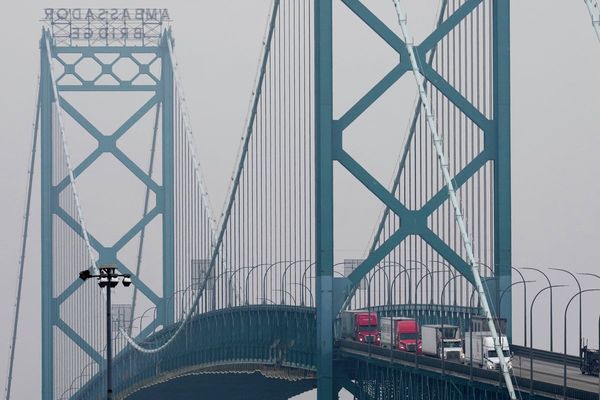A slice of the royal orient will unfold to a sea of humanity as Mysuru Dasara, to be held from October 15 to 24, will display the rich heritage of Karnataka with its seamless blend of history, culture, and tradition.
A custom that spans centuries and extends to the days of the Vijayanagar empire whose reign spanned nearly 300 years from the 14th to the mid-17th centuries, the mantle was inherited by the Wadiyars of Mysuru who carried forward the cultural practices.
Passed on to Wadiyars
For, the Wadiyars were the feudatories of the Vijayanagar rulers and after the decline and fall of the latter, Raja Wadiyar assumed kingship at Srirangapatana as the capital in 1610 CE and proclaimed that Navaratri be celebrated on a grand scale. The shifting of the capital from Srirangapatana to Mysuru after the 4th Anglo-Mysore war in 1799, resulted in Dasara being held in the city with Mummadi Krishnaraja Wadiyar continuing the legacy.
Fast forward to the present times the showpiece event of Mysuru appears to reflect the description of the Navaratri left behind by medieval travellers like Abdur Razzak of Persia who visited Vijayanagar between 1442-1443 CE, and Portuguese travellers Domingo Paes (1520-22), and Fernavo Nuniz (1535-37). The archaeological excavations at Hampi and the discovery of Mahanavami Dibba a massive stone platform from where the kings used to watch the procession of the armed forces during Navaratri, is a testimony to the historicity of the celebrations.
Officially designated as the State festival or Naada Habba, Dasara in Mysuru is also a fulcrum to promote tourism which is the key economic driver of the region as the event draws visitors from not only across the State and the country but also from different parts of the world.
Though Dasara is a pan-Indian festival, it acquired a royal hue in Mysuru due to the patronage of the rulers and the grandeur reached its zenith during the regime of Nalwadi Krishnaraja Wadiyar whose regnal years were from 1902 to 1940.
The public celebrations complete with durbar continued till 1969 and the grandeur is documented by way of murals painted by various artists at the Kalyana Mantapa of the Amba Vilas Palace. The abolition of the princely privileges through legislation saw a curtailment in the scale of Dasara celebrations and it was also confined to the privacy of the palace until the State government revived it in the 1970s when it acquired its present hue with display of cultural diversity and traditions of Karnataka.
Slew of events
The philosophical and religious underpinnings of Dasara remain unchanged and mark the victory of good over evil symbolised by Goddess Chamundeshwari killing the demon Mahishasura. In Mysuru the festival is also a platform to showcase classical and folk traditions with a slew of events planned to be held across the city with the illuminated palace taking the centre stage.
While palace continues to be the main attraction during Dasara especially at night, the government has now extended the illumination to cover major arterial roads, circles, and heritage buildings as a result of which Mysuru will present itself in myriad hues and is the single-biggest attraction for tourists and locals alike.
The inauguration of Dasara at Chamundi Hills between 10.15 a.m. and 10.36 a.m., on October 15, will signal the start of a melange of events that is not only a continuation of a tradition but is akin to embarking on a journey through time exploring the cultural tapestry of Karnataka that makes Mysuru Dasara an experience to savour.







